Saigon’s art scene has grown exponentially in the last decade, expanding from a handful of small commercial galleries into a vibrant and diverse domestic art culture that prioritizes young, up-and-coming Vietnamese artists.
Vietnamese visual art dates back as far as the Stone Age and includes an extraordinary range of mediums, including handcrafts, woodwork, lacquer, silk, clay, and bronze as well as painting and sculpture. Before the 20th century, much Vietnamese art was functional and utilitarian, revolving around handcrafts or serving religious or decorative purposes. The culture of art shifted during the colonial period, when European art styles became more popular and birthed a new wave of modern Vietnamese art. A second explosion of experimental, abstract, and innovative art followed the Doi Moi campaign – the “renovation” period – opening the gates to Vietnam’s present contemporary art scene.
Walk through this dynamic timeline at the Ho Chi Minh City’s galleries that display an array of historical, classical, and contemporary artworks. Now, much of the focus is around contemporary art, seeking to showcase young stars of modern art and connect them to a global public, but there are still excellent museums devoted to historic preservation. Here are some of the best museums and galleries in Ho Chi Minh City for anyone interested in the historic or modern landscape of Vietnamese art and culture.
The Factory Contemporary Art Center
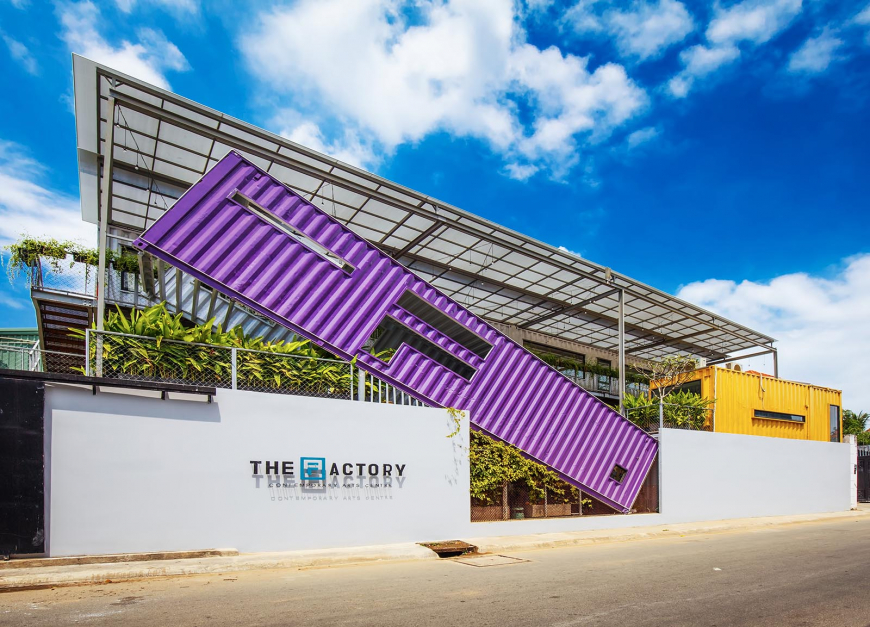
Source: Internet
Established in 2016 by artist Tia-Thuy Nguyen, The Factory is a social enterprise that uses its profits to self-fund its own creative programs. It is the only place in Saigon that truly specializes in contemporary art. The structure itself is 1,000m2 of shipping containers that divide the gallery into many meticulously-decorated small rooms with a variety of different purposes. There’s a coffee shop and a bar, a library of art books, a room for pop-up sales, a room for talks and workshops, film screenings and seminars, and, of course, dedicated spaces for exhibitions.
The art on display is multidisciplinary and includes paintings, sculptures, and installations. The programs are dedicated to meeting the needs of the local community, focusing on connecting artists to resources, support, and other artists. The Factory is making a name for itself while executing its vision of collaboration, learning, and co-creating the emerging artistic scene in Vietnam.
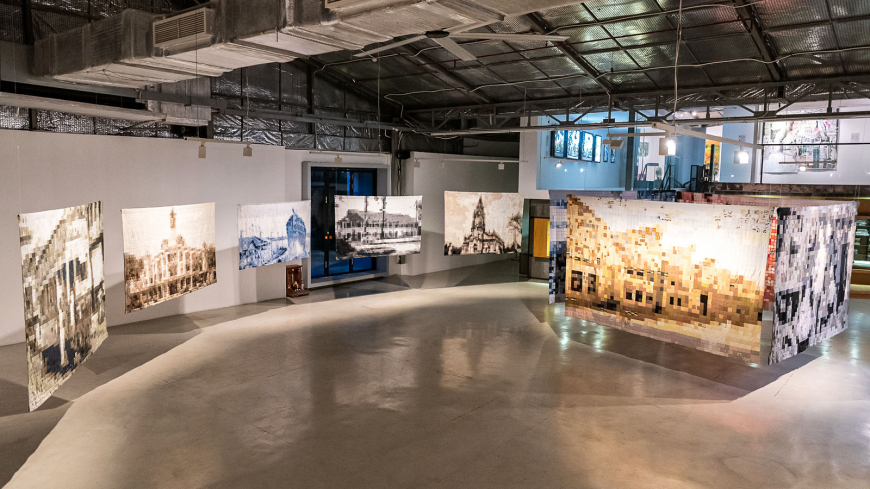
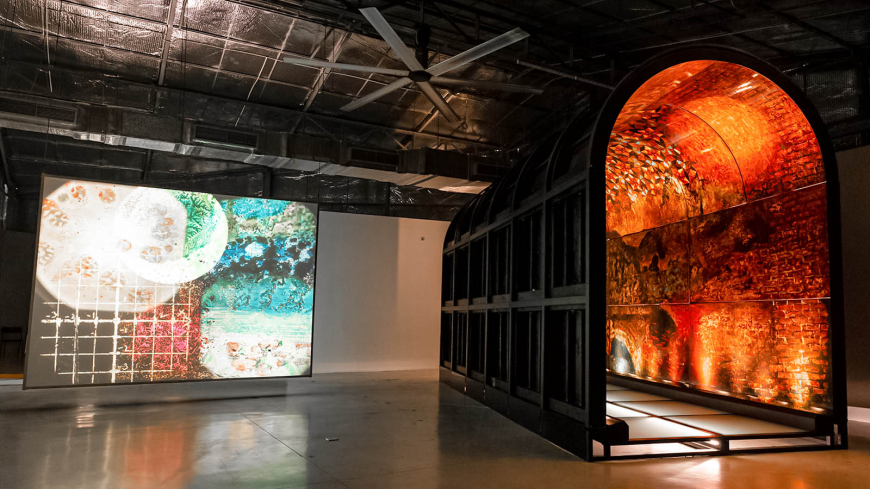
Source: Internet
Fine Arts Museum of Ho Chi Minh City
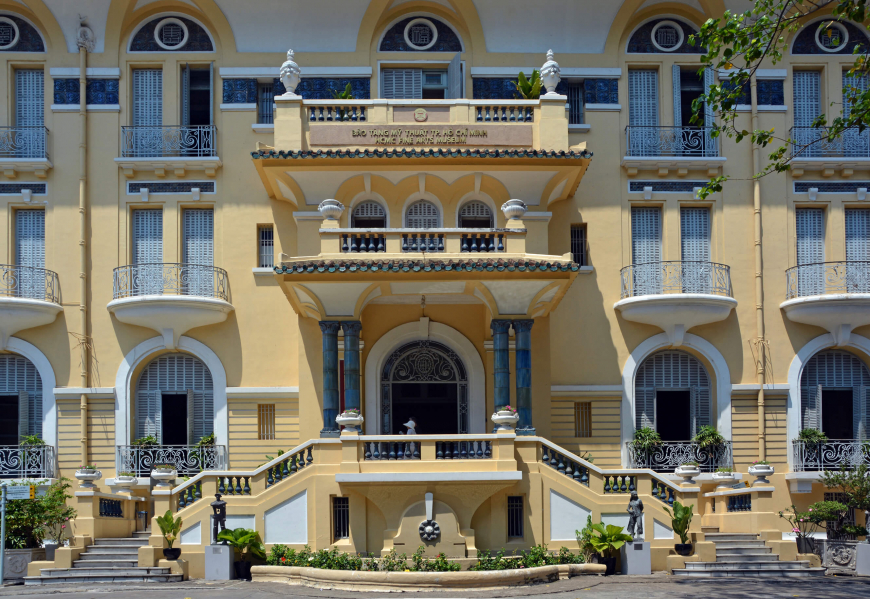
Source: Internet
The Fine Arts Museum is the most famous art museum in Ho Chi Minh City. It is a restored three-story home built in art-deco style, combining Asian and European architectural values, beautiful enough to itself be considered part of the art on display. This is perhaps the most important museum in the city for anyone seeking to understand art history in Vietnam in a broader context.
The sixteen showrooms are distributed throughout three floors. The first floor is for rotating galleries, exhibitions, and activities. The second floor features a permanent collection of fine arts including paintings from the Southern Fine Arts period (18th to 20th century), as well as work from the two Contemporary Arts periods: the beginning of the 20th century to 1975, and then 1975 to the present day.
The third floor features historical art and handcrafts, including the ancient bronze sculptures of Hindu and Buddhist Gods from Southern Vietnam as well as the sandstone and terracotta arts of the Champa kingdom.
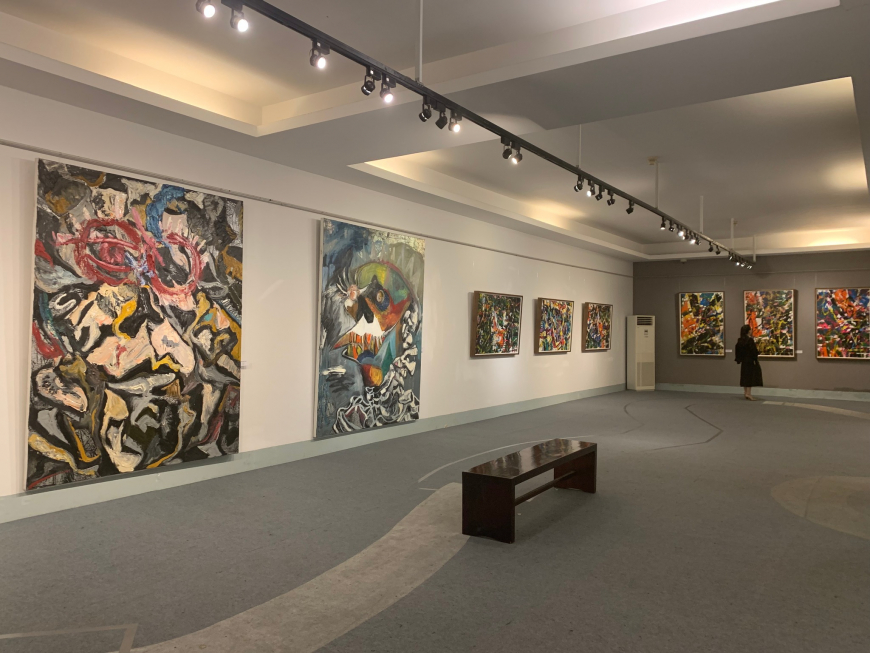
Source: Facebook - The Fine Arts Museum, HCMC.
Ao Dai Museum
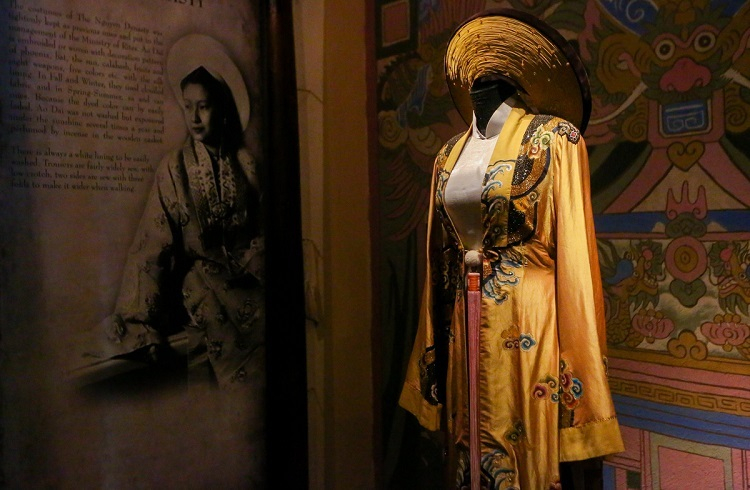
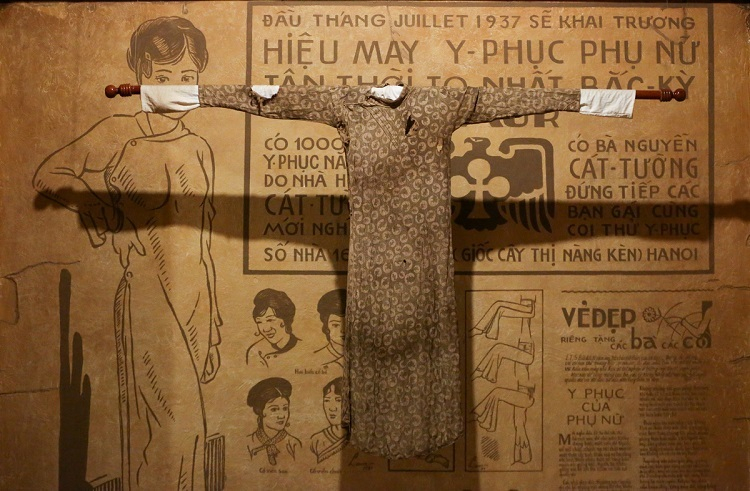
Source: Internet
The Ao Dai Museum was built just a decade ago by fashion designer Sy Hoang. The building is designed in traditional Vietnamese architectural style, built with a heavy wood frame and a yin and yang patterned tile roof. The small building is situated on a sprawling 16,000 square meter garden, complete with lotus ponds, herb gardens.
About 300 different versions of ao dai are on display inside. One side of the museum is dedicated to displays of ao dai throughout history, showcasing the evolution of the national dress during each historical period. The other side of the museum displays real dresses worn by Vietnamese women who have made significant contributions to Vietnamese culture and history.
The Ao Dai Museum is a small but powerful monument to Vietnamese living history and a testament to culture and art.
Couleurs by Rehahn - Dong Khoi
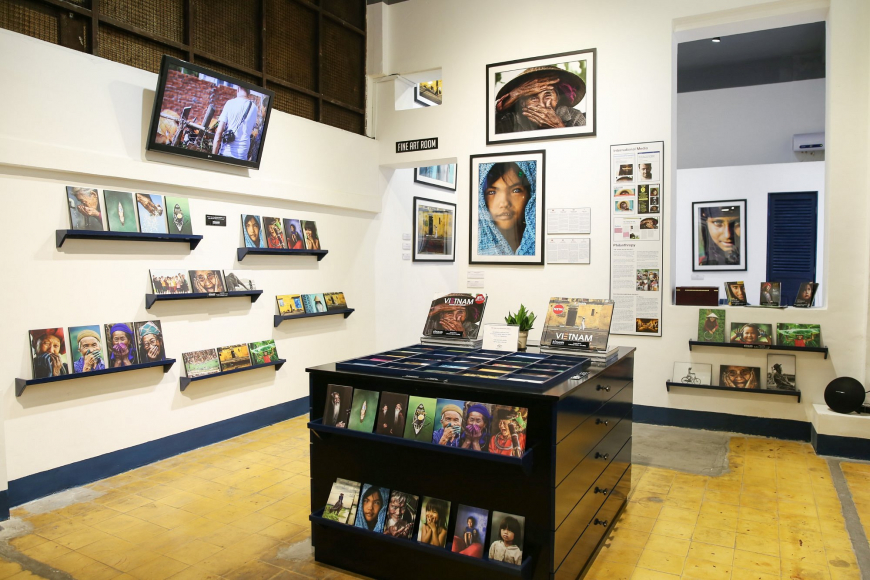
Source: Internet
Réhahn is a world-famous photographer best known for his evocative images of traditional and modern Vietnam and Vietnamese ethnic minorities. His gallery in Saigon opened in 2017 and since then has welcomed thousands of attendees from all over the world in search of his travel photography of Vietnam as well as Malaysia, Cuba, and India.
The gallery is on historic Dong Khoi street, the heart of the diplomatic community and the luxury shopping center. The tree-lined avenue passes 5-star hotels and some of the most beautiful architecture in the city. Réhahn’s gallery is in the lobby of the Intercontinental, just across from the Saigon Opera house.
The gallery features collectors’ editions of Réhahn’s originals – highly sought-after investment pieces – as well as more affordable reproductions of some of the artists’ most iconic works. The Couleurs gallery is a place to steep in the beauty of Vietnam, vicariously experiencing the depths of culture through the delicate genius of one man’s lens.
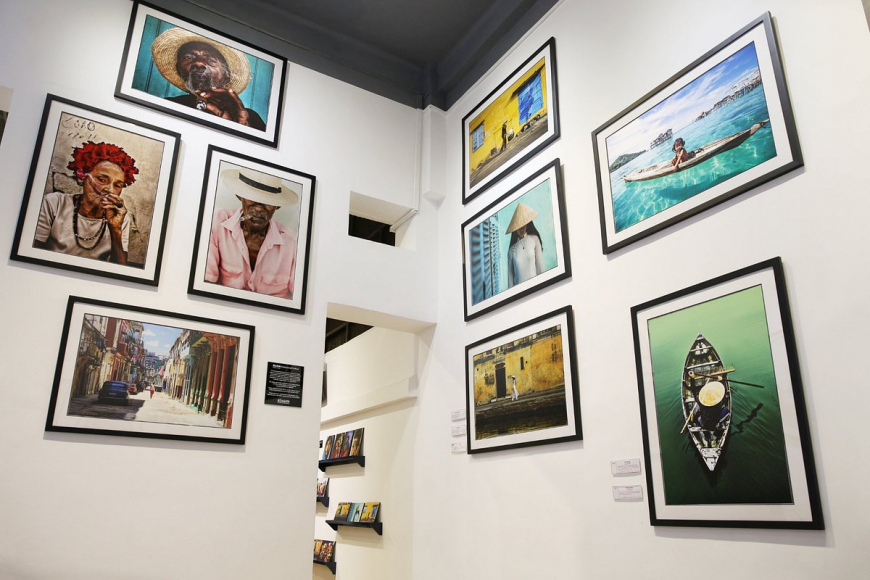
Source: Internet
Craig Thomas Gallery
Craig Thomas Gallery was opened in 2009 with the express purpose of developing and showcasing young Vietnamese visual artists. Its namesake curator, Craig Thomas, had worked extensively as a manager and curator of other Saigon galleries, in the process identifying a number of promising young painters who were underpromoted and without access to resources. The Craig Thomas Gallery was opened to bridge that gap, developing the art scene in Vietnam by giving young and underground artists access to opportunities that can foster their talent and passion.
The quiet gallery space in the central District 1 features a regular program of carefully curated exhibitions from young artists. Though the gallery started as a showcase for Saigonese talent, it has expanded to include artists from Hanoi and Hue as well, and now includes foreign artists as well as Vietnamese. Every exhibition includes a minimum of two fresh-faced artists having their debut exhibitions, making the Craig Thomas Gallery the number one place to discover the true rising stars of the Vietnamese contemporary art scene.
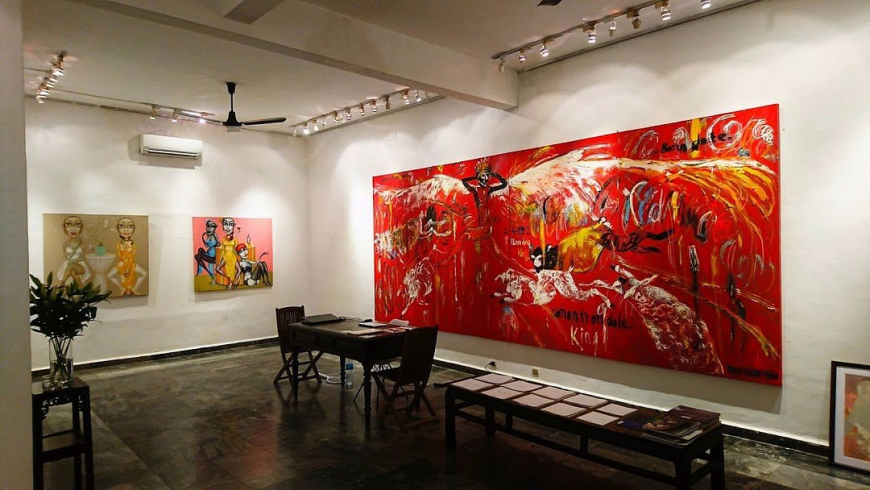
Source: Internet

